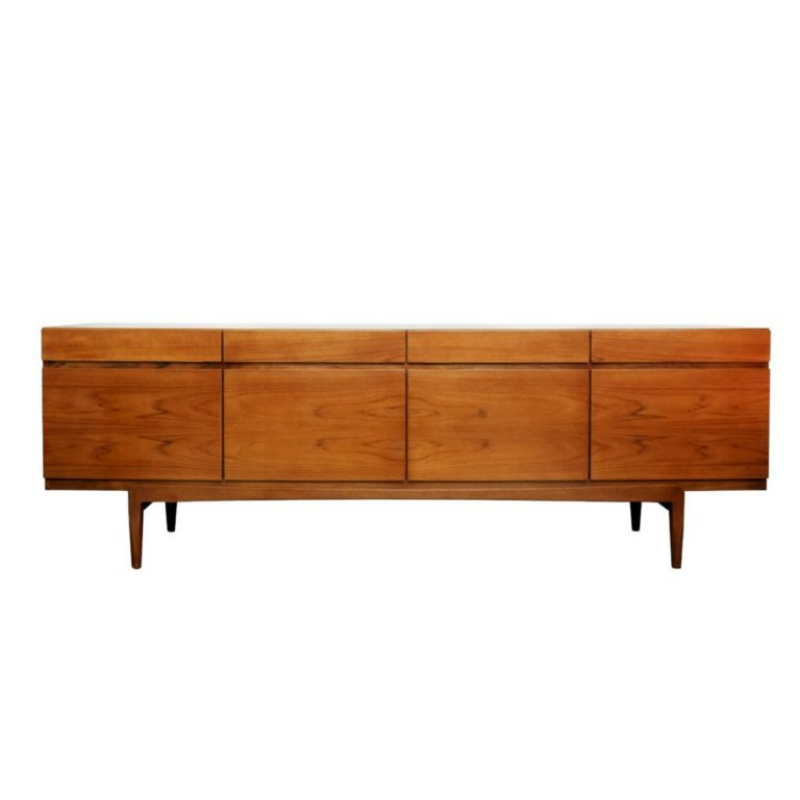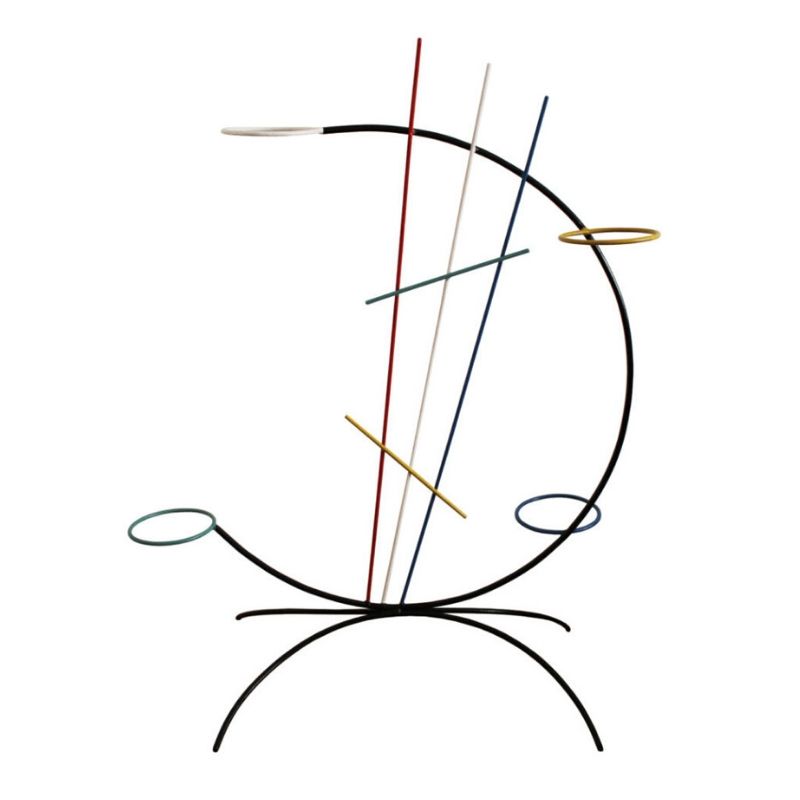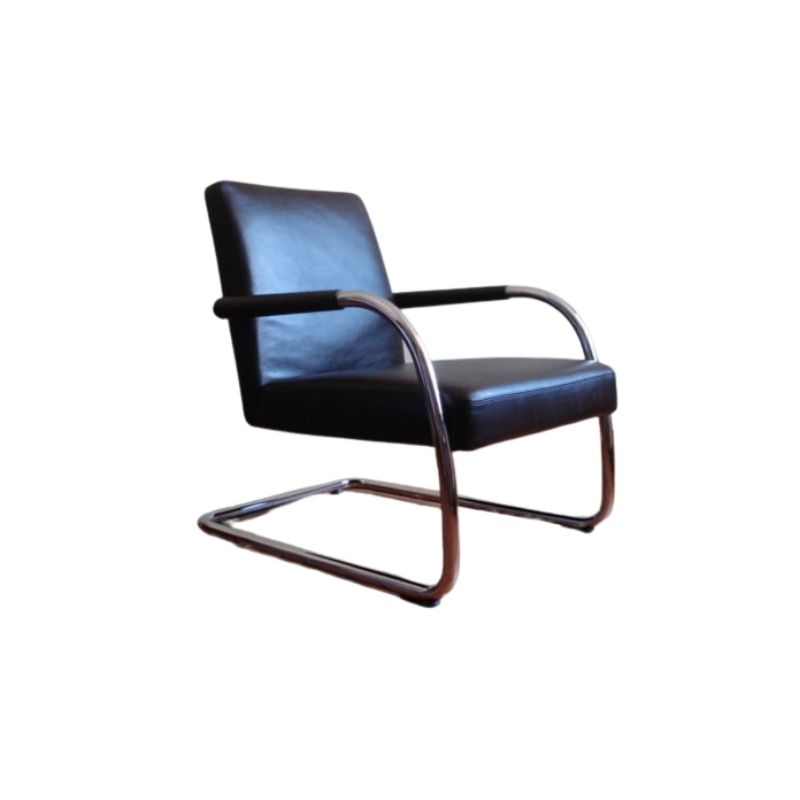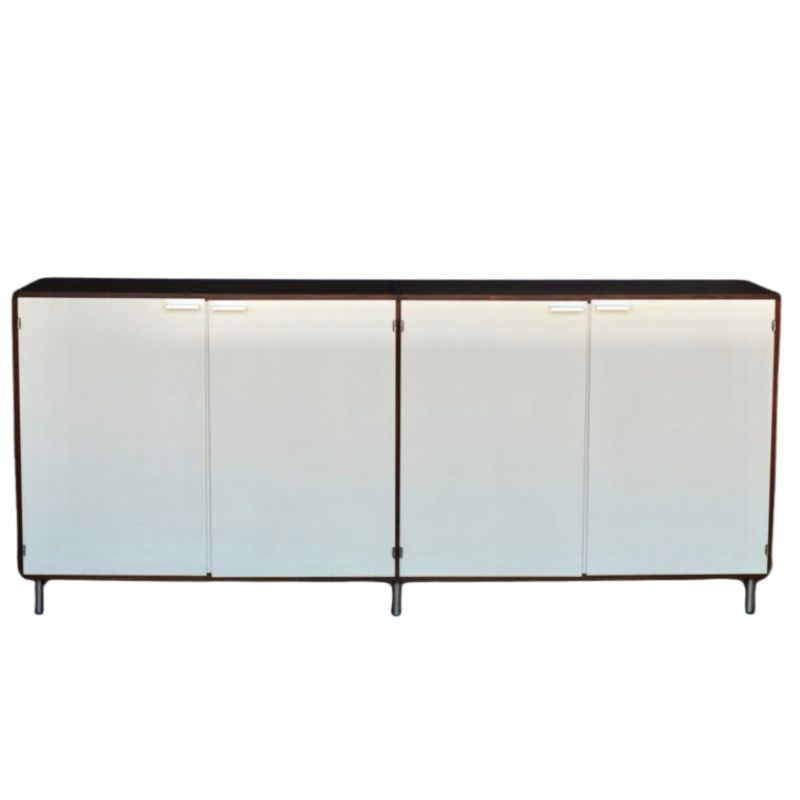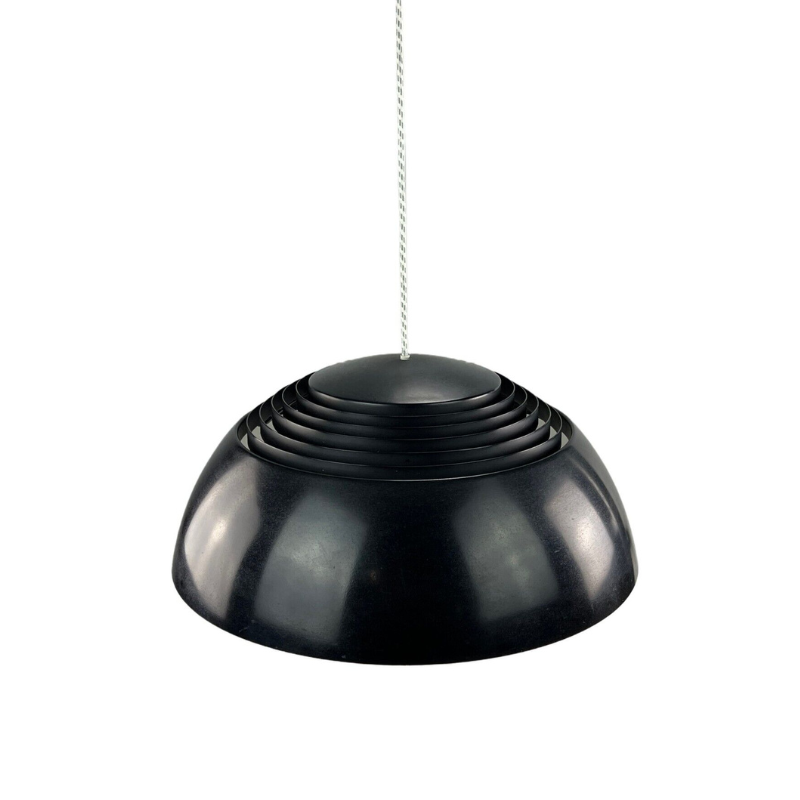Hey all!
Would love to have some light shed on this question, and to see if anyone else has encountered the same thing with their 670. I've recently come across a vintage 3rd gen. lounge chair and ottoman (based on the date label, I believe 1975) and it's in gorgeous condition. Beautiful, re-oiled gorgeous rosewood veneer, reupholstered seat base, new front shock mounts installed (rear ones are still original and in great shape). The chair belonged to a former employee of Herman Miller who was gifted it upon retirement. There is one flaw that is weighing my decision to buy it: a small crack in the first layer of inner veneer on the back panel, where the ear connects to the back. It was epoxied and sanded sometime ago I believe, and looks to be sound and good. Would hate if it cause me some serious failure in the near future though. Has anyone encountered this before, and if so how was it dealt with? Should I move forward with the purchase given the rest of it is impeccable? Thanks very much!!
M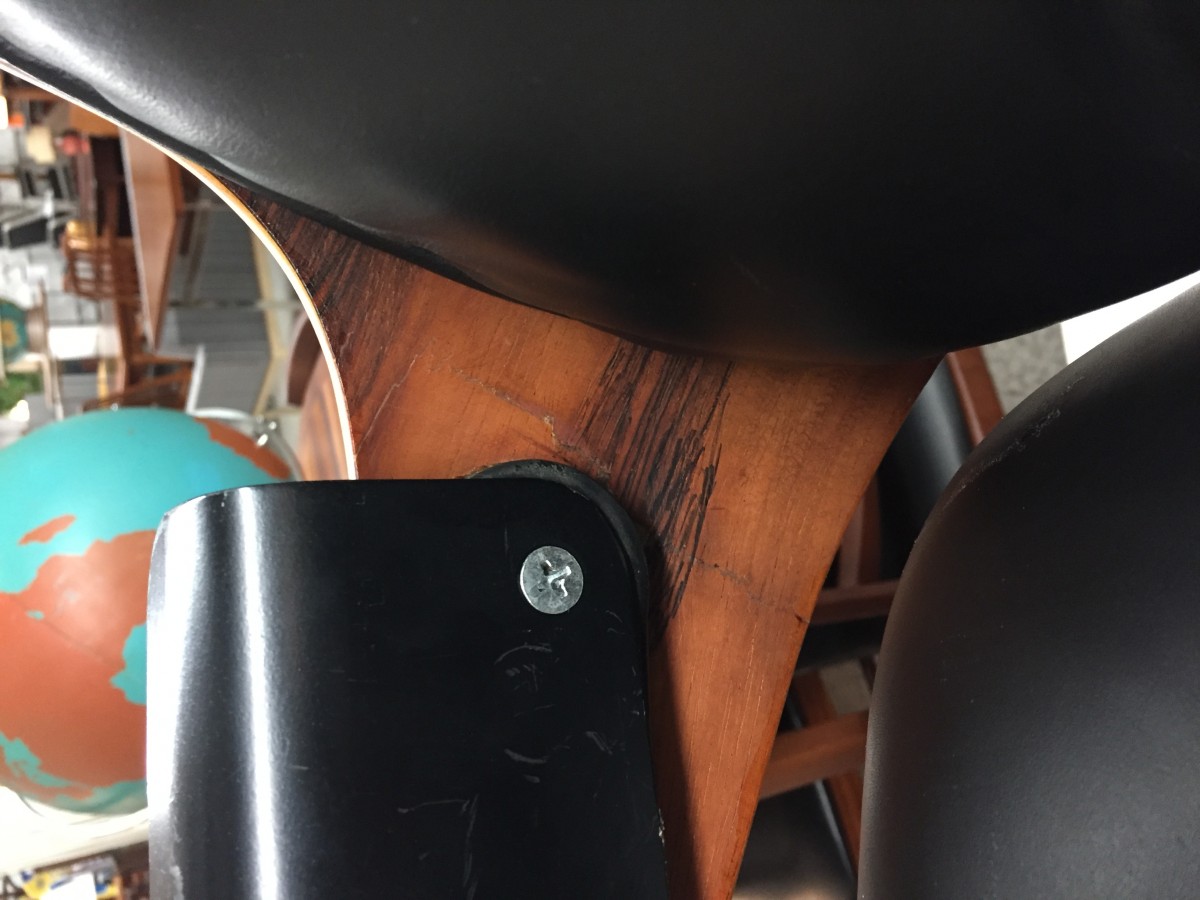
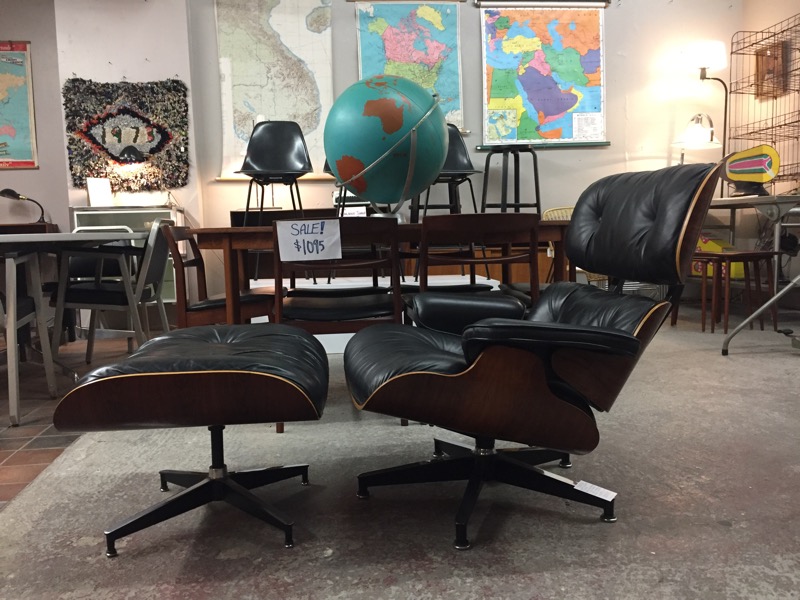 <img class="wpforoimg" src=" http://d1t1u890k7d3ys.cloudfront.net/cdn/farfuture/stdCKCrnseW4NrhoGSGaGt
<img class="wpforoimg" src=" http://d1t1u890k7d3ys.cloudfront.net/cdn/farfuture/stdCKCrnseW4NrhoGSGaGt
The shock mount on the other side must have come clear off with someone sitting in the chair at some point. The backrest swings around and snaps the opposite ear off. Well known failure mode of this design.
I always walk away from this design, but in this case I will tell you to walk away too.
Obvious evidence of previous shock mount failure, as Leif has described. Typically, the ear snaps completely off when this happens. If there is no evidence of damage to interior or outside laminations, the chair might be OK to use as is, though it appears to have been seriously stressed at very least. I'd want to make a more thorough inspection with the chair further disassembled.
If you can get good closeup pics of both sides of suspect areas of the panel, the underside of the "reupholstered" cushion, and all four shock mounts, it would help a lot with assessment.
Thanks to you both. I had suspected earlier shock mount failure as well, however I inspected the two rear shock mounts and they still appear original and untouched from original factory install. They are actually still in good condition, mounted strong and not brittle or cracking, just a little dry as the chair is from '75. The crack only runs through the first layer of the inner veneer, not the other four. No crack evidence on the exterior finish side of the panel oranywhere else on the chair. The two front shock mounts were recently replaced (my understanding is that these fail more commonly than the rear two) so it could have been that those came loose and some stress was placed on the ear, though it didn't snap. Looks to have been repaired to the best ability with epoxy, and the chair has perfect buoyancy when sitting in it, no stiffening or sagging. I have a few other photos, but non that highly examine that area. My gauge is that the rear shock mounts will still be alright with gradual use of the chair for the next 5 years or so, but replacing them later on will have to be a delicate act due to the crack. Any feedback appreciated!
I guess it's *possible* that the rosewood backing or counter veneer was cracked when the panel was originally laminated, but the location makes me suspicious as this is pretty much exactly where these panels fail when a shock mount goes.
Hard to see in your pics, but the proper right replaced mount appears kinda sloppy. Adhesive does look like it could be PC-7, though, and, if so, that's a good thing. I'd question that forward mounts fail more often than the rears. In normal use, stress should be same on both unless somebody liked to sit on or pick it up by the arms.
Otherwise, it's a great-looking set. Seat cushion appears good, if a tad plump, from what I can see. I might try to negotiate price based on repairs and evidence of possible structural issues. Don't wait on new mounts if you do buy it.
If you router out some of the core of the plywood across a wide area and fill it all in with fiberglass then there is enough area for the exposure to transfer the stresses across the break without tearing. The key is the large surface area for glue.
In this case we know that serious damage happened to the ear because it takes a lot of force to tear wood fibers against the grain. That same force tore apart the core of the plywood. And we know that it was never opened enough to glue more than a small fraction of the shattered area. The conclusion is obvious.
If you smack a stick so that it doesn
We call that a "green stick" fracture. A couple layers of "s-glass" fiberglass cloth bi-axially laid with epoxy resin on the inside surface (never to be seen nor exposed to UV) would make the panel stronger than new if what's been reported is true.
The structure of the chair has likely been compromised, no argument there. Possible rehab is a judgement call for sure. I think the chair might be worth saving ...if the price is right.
Now where's my Sears poncho - and my damned tweezers?
If the price is right enough to save it sure. And speaking of salvation by router and epoxy, it could be done better. The routing out needs to happen in a stepped fashion with as many steps as there are core plies. These steps would allow for glue surface area on each ply.
Yippee yo tay yay!
If you need any help, please contact us at – info@designaddict.com




